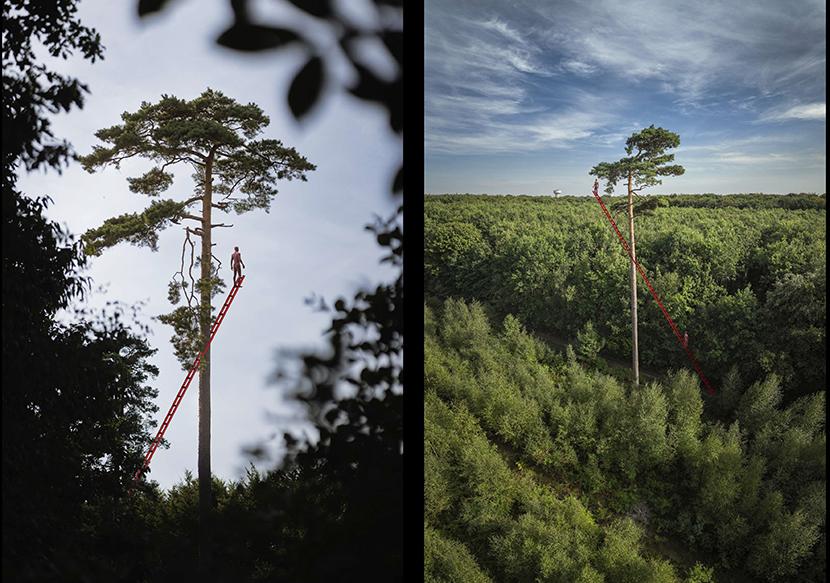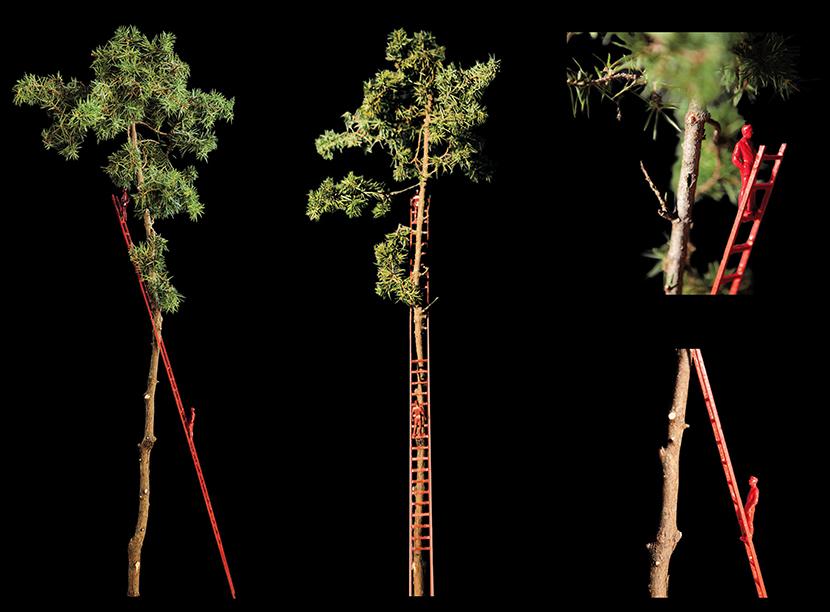Xevi Bayona studied architecture at ETSAB in Barcelona and FAUP in Porto. Specializing in landscaping, he also holds a Master's degree in "theory and practice of architectural projects", with a thesis on "La Girona dels Carrers-Escala". Since 2008, he has also been a professor at the University of Girona's Faculty of Architecture, and since 2018, a professor at the International Master in ephemeral architecture and temporary spaces.
Xevi Bayona is the winner of various prizes and awards, including one FAD Jury Prize and two FAD Critics' Prizes, various prizes and awards from the "Premis d'arquitectura de les Comarques de Girona" and winner of the "Changing Tracks" competition, a European project enabling him to create 3 installations in Catalonia (Spain) England and Ireland.
With his studio in the heart of the city of Olot, this constantly experimenting artist wanders between architecture, town planning, art, landscape and light, a mix of disciplines that feed off each other and all find themselves precisely at their limits. The result is a work based on criticism, experiment, illusion, interpretation and respect for the social, physical and cultural environment.


A ladder to heaven is an installation designed to experience the scale of a landscape and its relationship to humans. This very tall ladder reaching to the top of the tree and featuring two climbing figures, creates the sensation of a meeting with the sky.
The installation will take place in several stages. First, the iron bars and all necessary materials will be transported to the site. The rails will be placed side by side and the two profiles will be welded together using the natural flexibility of the material, with a twist to counter deformation.
The steps will then be welded on, leaving a gap as wide as the trunk. The final step on the ground will involve attaching the two human figures – made of epoxy resin painted in red – at an angle so that they stand vertically. To raise the structure, a cable will be connected to the ladder and to a pulley at the top of the tree, with a winch at ground level. The ladder will be fixed to the ground using stakes driven into the earth and welded to the ladder. The ladder and the figures will be attached to the tree using rings fitted with guards to avoid damaging the tree and to ensure they can withstand strong winds.
